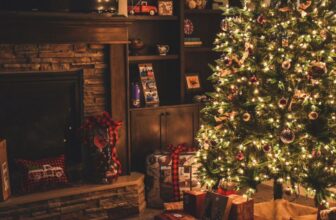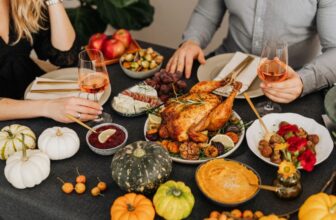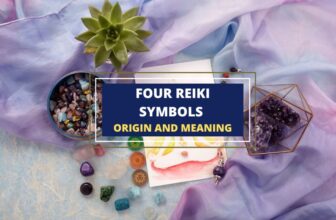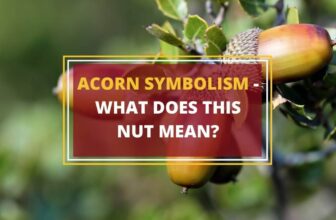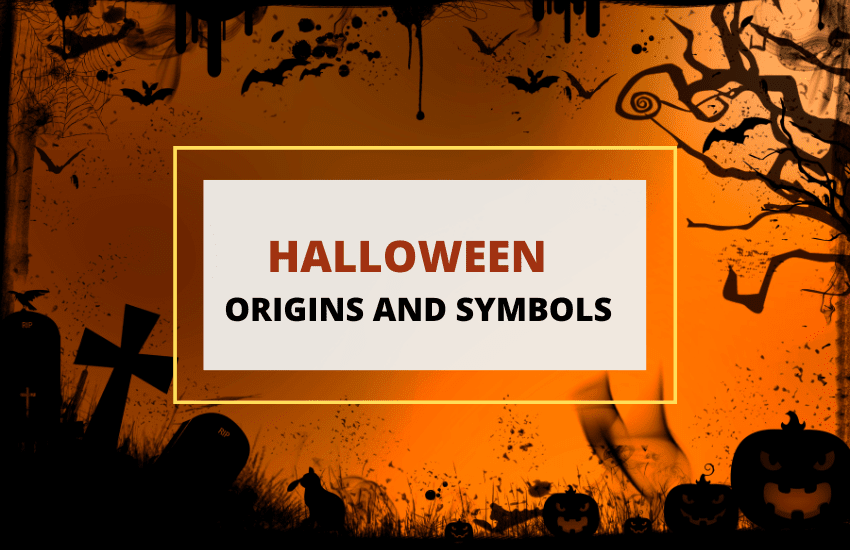
Table of Contents
With all the dressing up, colorful decorations, and endless trick or treating, Halloween is one of the most anticipated holidays in many parts of the world. Among Americans, where Halloween is the most celebrated, close to a fourth think Halloween is the best holiday of the year.
But how did Halloween start? What are the different symbols associated with it? And what are the different traditions many people practice during this time of the year? In this post, we will take a closer look at Halloween’s origins, symbols, and traditions.
9 Halloween Symbols
In the days leading up to Halloween, we are surrounded by certain symbols and images symbolizing the holiday.
Most people decorate their homes and offices with cobwebs and pumpkins, while witches and skeletons are the most popular costumes. So how did these become Halloween symbols and what do they represent?
1. Jack-o-Lanterns
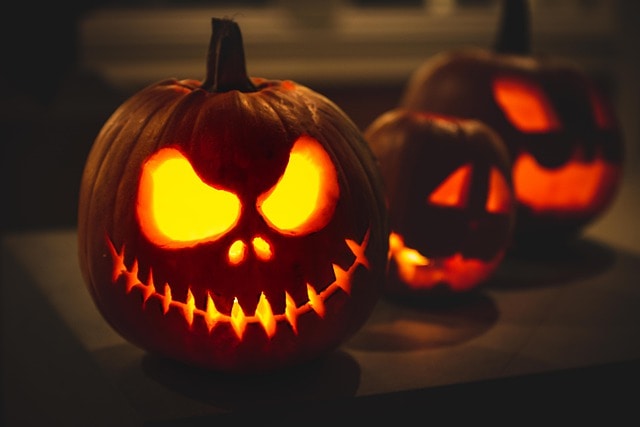
Jack-o-Lantern carving has its roots in Ireland from many centuries ago. In old folktales, Stingy Jack is a drunkard who, according to legend, tricked the Devil into becoming a coin. Stingy Jack intended to use the coin to pay for his drink, but he instead chose to keep it
As a coin, the devil could not return to his original form because he was placed beside a silver cross. Stingy Jack played more tricks during his lifetime, and by the time of his death, God and the Devil were so angry with him that they would not let him into either Hell or Heaven.
The Devil sent him away after giving him burning coal. Stingy Jack then placed this burning coal inside a carved-out turnip and has been traveling the world ever since. That’s how he came to be popular as “Jack of the Lantern” and eventually “Jack-o’-lantern.”
Back then, the Irish would use potatoes and turnips as the lantern that would house lights. But when many Irish migrated to the United States, they began using pumpkins, accounting for the popularity of pumpkins as the vegetable of choice to make “Jack-o’-lantern.”
2. Witches
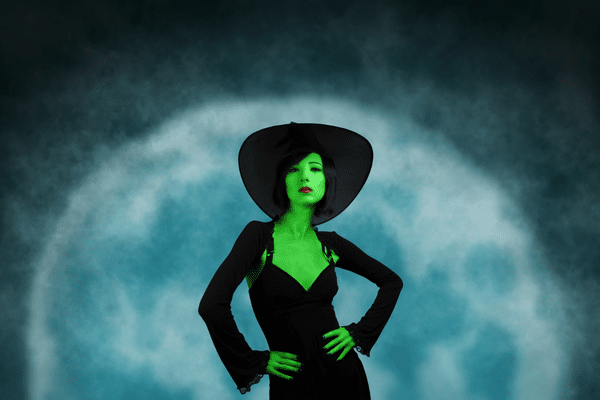
There is no doubt that witches are the most easily recognizable Halloween costumes. With a hooked nose, a pointy hat, a broomstick, and a long black dress, anyone can easily dress up as a witch. As the quintessential Halloween symbol of all time, children and adults alike wear witches on this day.
Witchcraft during the Middle Ages was associated with black magic and devil worship. Halloween marked the change in seasons, and it was believed that witches became more powerful as the world transitioned into the dark season of cold.
The tradition of witches as Halloween symbols has its traces in modern times as well. Greeting card companies started adding witches to Halloween cards during the late 1800s, thinking they were good visual representations of this holiday.
3. Black Cat
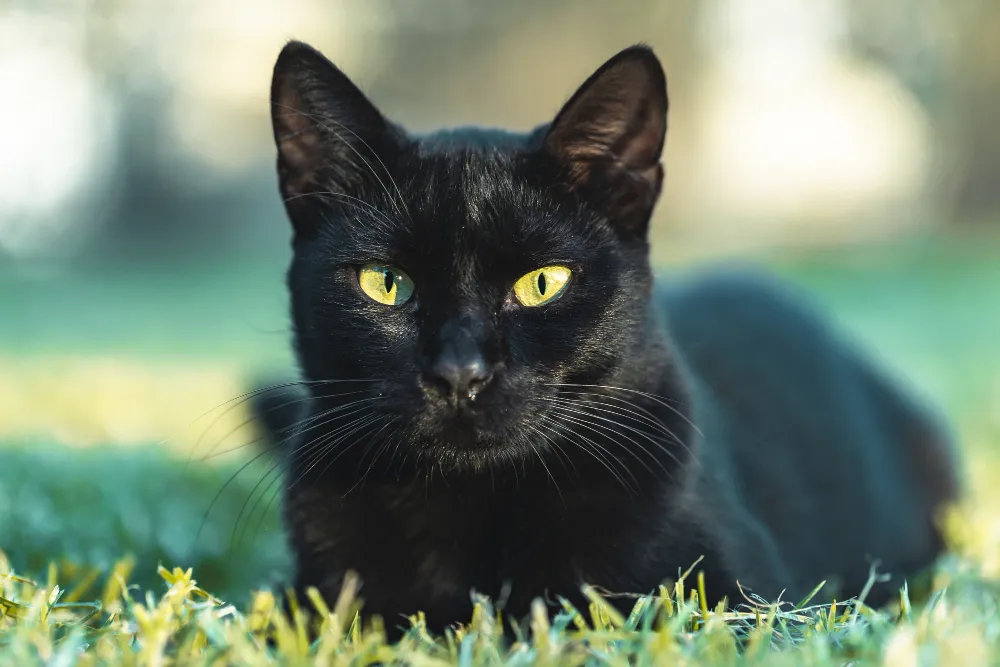
In many cultures, cats are regarded as magical companions or servants of witches. Black cats are typically associated with bad luck, an idea that dates back to ancient times. They are also associated with witches, as most are said to have owned cats or fed them regularly.
Black cats are also believed to be witches’ alter egos, as they frequently disguise themselves as black cats. The witch hunts in Europe and America resulted in the mass killing of thousands of women accused of witchcraft and sorcery. During this period, cats were also often killed after their owners.
4. Bats
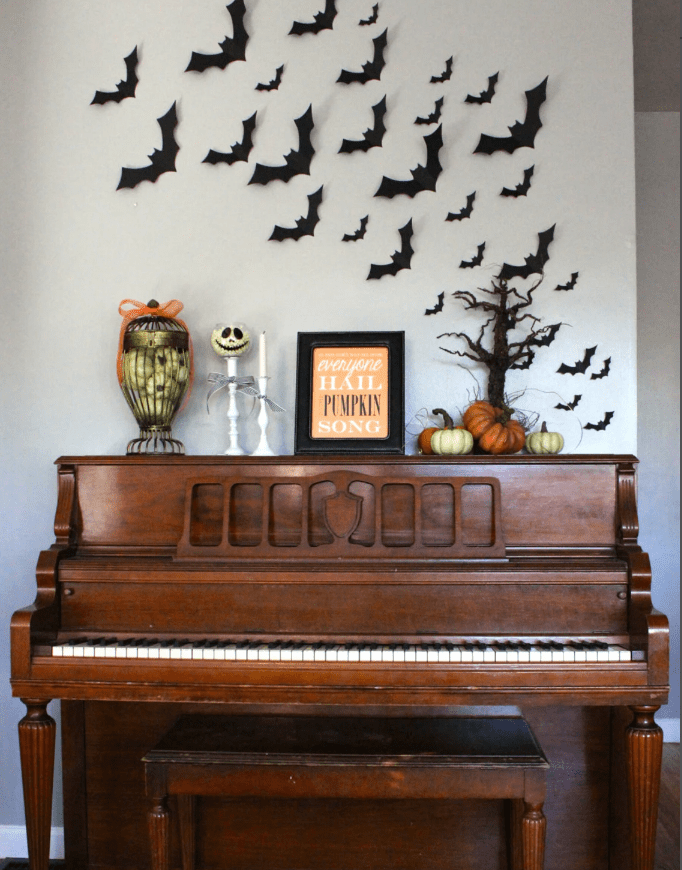
As an homage to the dead, bonfires were lit on Samhain to honor their passing and help spirits in their afterlife. Insects would flock to the bonfires in search of food, and bats would attack the insects in return. The bat became a symbol of Halloween since they would fly and feed on large flies during Samhain.
5. Cobwebs and Spiders
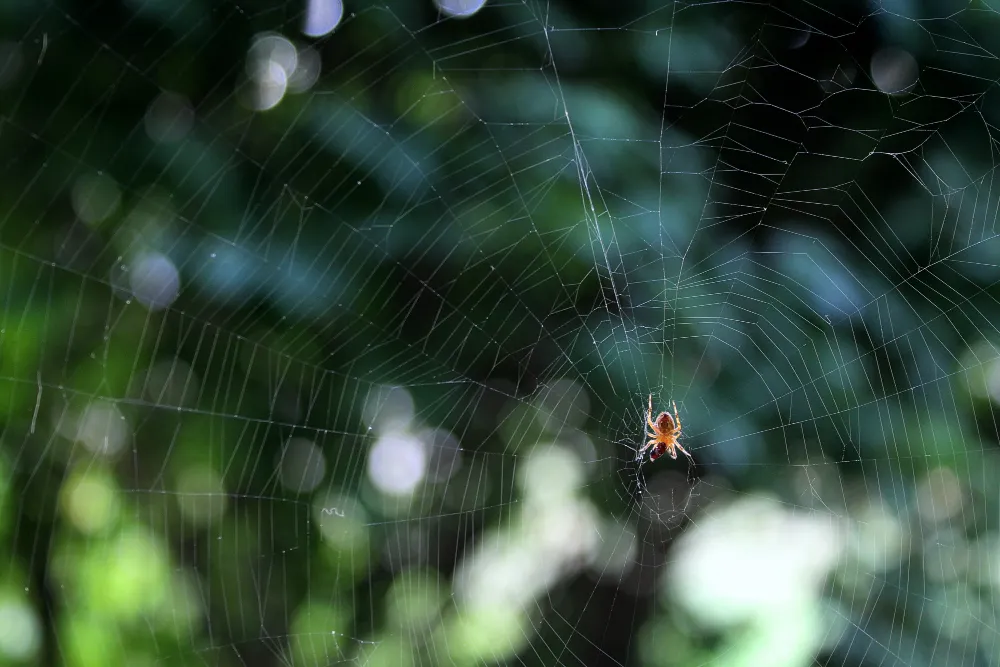
Spiders are ancient mythical symbols, believed to be very powerful given their ability to spin webs.
There is also an association between spiders and deception and danger, hence the phrase ‘spin a web of lies’ in modern times. Cobwebs are natural symbols of Halloween since any place with cobwebs conveys a sense of long-forgotten death or abandonment.
6. Ghosts
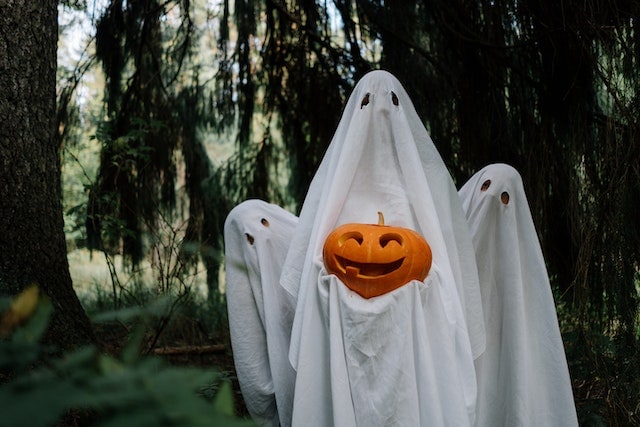
Halloween is the time when the dead are believed to walk freely among the living. In all traditions associated with Halloween (i.e., Celtic, Christian, and modern), there exists the idea of the dead visiting the living and walking among them. Some Christians believed that the souls in purgatory could appear as ghosts on Halloween night, and that they needed the help of the living to reach heaven. In this way, ghosts are a symbol of Halloween.
7. Scarecrows
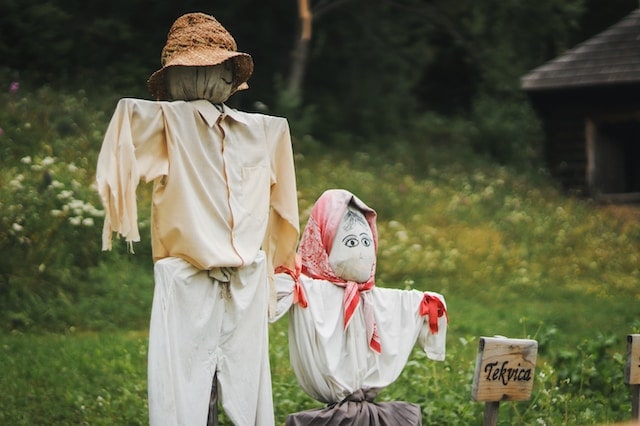
Scarecrows represent the fall season, so they’re quite a common sight during this period in areas where there’s farmlands and gardens. They represent hard work and protection, but they can also represent death and mortality, which are themes of Halloween. They might resemble humans, but these figures are empty inside and are lifeless. In this way, they perfectly encapsulate the themes of Halloween.
8. Skeletons
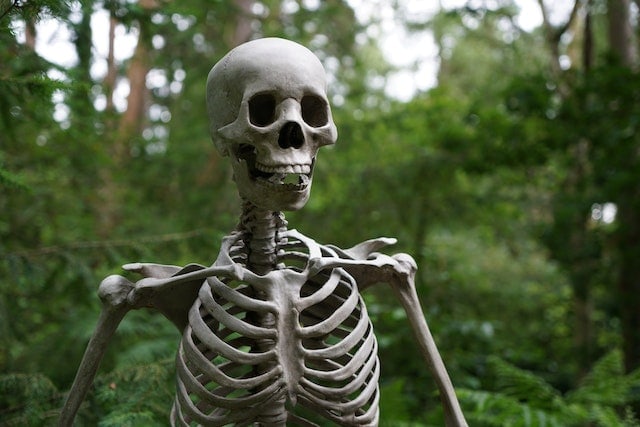
Another perfect symbol of Halloween, skeletons represent death, morbidity, and the end of the physical part of life. They remind us of death and the unknown. As Halloween is a holiday about the dead, the symbolism of skeletons fit in perfect with the holiday.
9. Full Moon
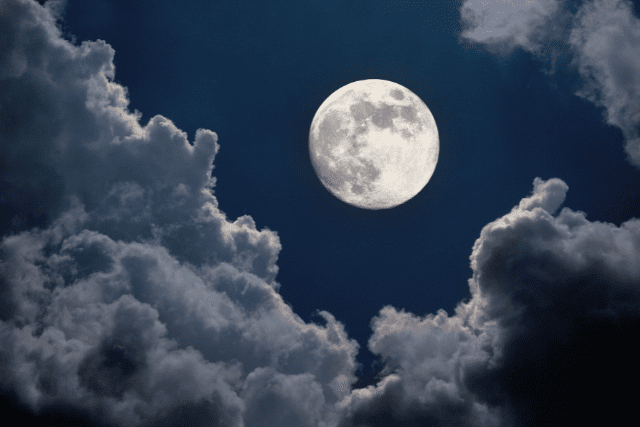
Most images of Halloween show a bright, eery full moon in the sky, often with a witch flying by on a broom and a scary house in the background. Full moons create the perfect atmosphere for Halloween, when the veil between the dead and the living is thinned.
How Did Halloween Start?
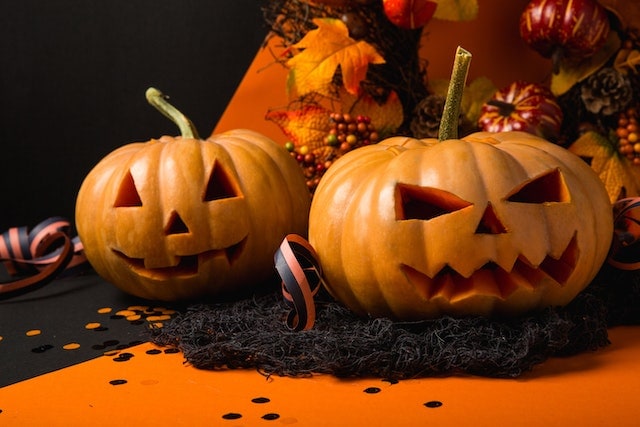
We celebrate Halloween every 31st of October, according to the ancient Celtic holiday called Samhain. Ancient Celts lived some 2000 years ago, mostly in areas now known as northern France, Ireland, and the United Kingdom. The festival of Samhain marked the beginning of the cold and dark winter, one that is often associated with human deaths.
Samhain was the equivalent of New Year, which was celebrated on November 1. The festival also marked both the end of summer and harvest season and was aimed at warding off ghosts by wearing costumes and lighting bonfires. The Celts also believed that the line between the living and the dead was blurred on the eve of Samhain. Ghosts were then believed to return to earth and would roam for several days.
The Roman Empire which occupied the large area of Celtic Territory for around 400 years, combined the Celtic celebration of Samhain with two of their own festivals. These were Feralia and Pomona. Feralia was the Roman commemoration of the passing of the dead, celebrated in late October. The other is a day dedicated to Pomona, a Roman goddess of trees and fruits. During this commemoration, people would place their favorite foods outside for the dead. Other spirits unrelated to those who prepared the food could also partake in the feast for the dead.
Halloween’s history also involves Christianity. Pope Gregory III, in the eighth century, assigned November 1 as the day to honor all saints. Not long after, All Saints Day adopted some of Samhain’s traditions. Eventually, the evening before All Saints Day was referred to as Hallows Eve, from which Halloween was born.
Halloween has evolved into a day filled with festivities, such as parties, carving lanterns, trick-or-treating, and eating treats. Today, it’s less a somber festival than one where people dress up, eat candy, and find the child in them.
What Are Halloween Traditions?
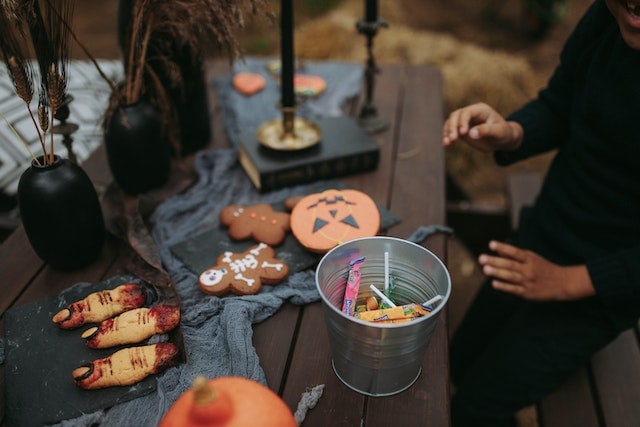
Modern Halloween is usually associated with merry-making. Dressing up, trick-or-treating, and massive decorating are common during this time of year.
Ghost hunting or watching Halloween movies is also popular. But most of all, Halloween is the time for kids to go trick-or-treating and consume all the candy and goodies they collected.
All the merrymaking during Halloween can be attributed to the fact that Americans have adopted the Celtic custom of dressing up. Below are the usual traditions many engage in during Halloween.
1. Trick or Treating
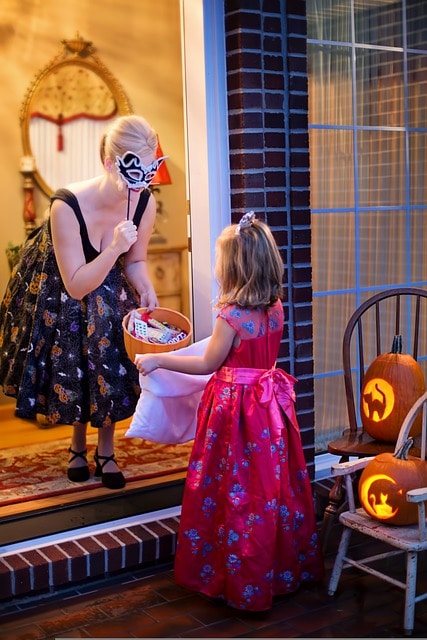
Americans borrowed this from European traditions and started dressing up in costumes and going house to house to ask for money and food, which eventually became what we know as trick or treat.
Trick or treat has also become the ultimate Halloween catchphrase. It is widely believed that saying trick or treat when going door to door likely started in the 1920s.
But the earliest record of the use of this phrase was in a newspaper in 1948 as reported by a Utah newspaper. The full line actually said “Trick or Treat! Trick or Treat! Please give us something good to eat!”
2. Halloween Parties
In the late 1800s, Americans wanted to make Halloween into a day that promotes community get-togethers rather than ghosts or witchcraft.
Community leaders and newspapers encouraged people to refrain from making or engaging in any grotesque or frightening activities on Halloween.
Thus, Halloween lost its religious and superstition overtones around that time. Between the 1920s and 1930s, Halloween already became a secular event as communities celebrated it with town Halloween parties and parades.
3. Carving Jack-o-lanterns
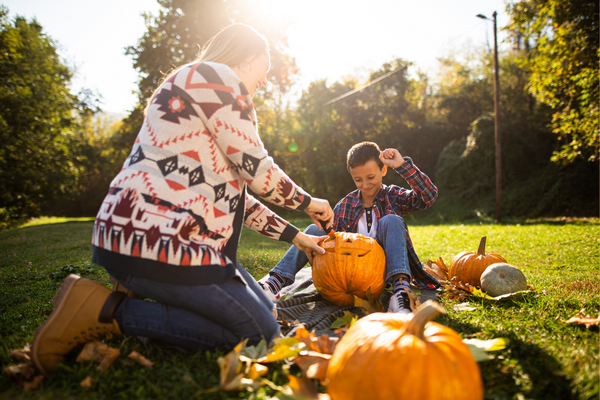
Carving jack-o-lanterns remains a Halloween tradition. Originally, ‘guisers’ would carry these lanterns with the hope of driving bad spirits away.
Nowadays, it’s become part of the festivities as a game or a decor. Other traditions are lesser known. For example, some match-making rituals are done during Halloween.
Many of these are intended to help young women find or identify their future husbands. One of them is bobbing for apples, which is far from ghoulish.
In the game, apples in water are hung from strings and every single man and woman will receive a string. The goal is to take a bite of the apple of the person they intend to marry.
Wrapping Up
We know of Halloween as the day for collecting treats from neighbors, dressing up in costumes, or decorating our homes, schools, and community areas into something ghoulish. But before it became a highly commercialized event, Halloween actually was a time to dress up to ward off ghosts who were roaming on earth for the next few days.
The holiday was not a merry one but rather a way of marking of the end of the season and welcoming the new one with dread. But whether you believe that October 31 should be about merry-making or also additional time to honor the dead, what matters is that you are respectful of how others view and spend this day.
Related articles
Should Christians Celebrate Halloween? (And What the Bible Says)
Popular Christian Symbols – History, Meaning and Importance
The 10 Most Famous Symbols of Easter
Should Christians Celebrate Halloween? (And What the Bible Says)
History and Origins of Easter – How This Christian Holiday Evolved




